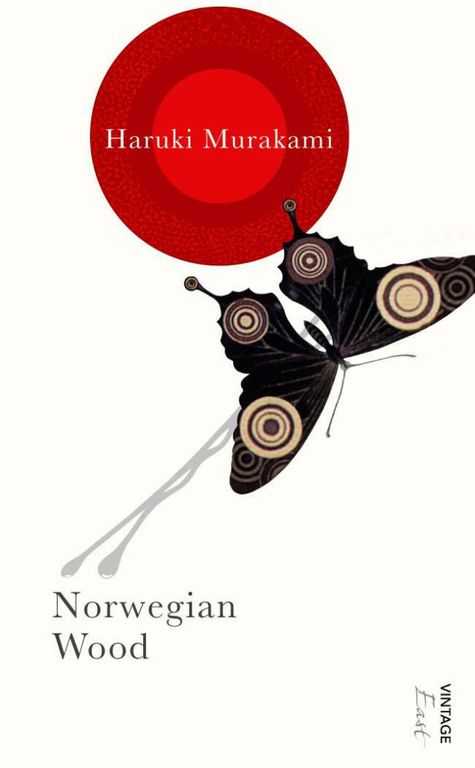 Norwegian Wood, first published in Japan in 1987, is one of Haruki Murakami’s most well-known novels, narrating the story of a youth called Watanabe and the complex love story he shares with a girl called Naoko. Though at its heart, Norwegian Wood can be called a Romance, expect Murakami’s quirky writing to guide you into a world of fascinating and unique characters. Steeped in maturity and intrigue, this novel expresses both the wholeness and ‘twisted’-ness of human nature. Murakami captures the many odd habits of his characters in a disturbingly unforgettable way, and I feel that its motley crew of characters is one of the strongest points of this novel.
Norwegian Wood, first published in Japan in 1987, is one of Haruki Murakami’s most well-known novels, narrating the story of a youth called Watanabe and the complex love story he shares with a girl called Naoko. Though at its heart, Norwegian Wood can be called a Romance, expect Murakami’s quirky writing to guide you into a world of fascinating and unique characters. Steeped in maturity and intrigue, this novel expresses both the wholeness and ‘twisted’-ness of human nature. Murakami captures the many odd habits of his characters in a disturbingly unforgettable way, and I feel that its motley crew of characters is one of the strongest points of this novel.
The plot is flimsy at best. Rather, Watanabe and the array of people he meets in university are what tie the story together. Outrageous and explicit, the mysterious Naoko, whimsical Midori, wise Reiko and arrogant Nagasawa all end up charming you in their own ways. It is because of this that Norwegian Wood becomes more than just a simple love story.
The dialogue in Norwegian Wood is another outstanding factor for me. As I read the book, I was greeted by surprising situations, engaging conversations, and slowly learned to expect the unexpected from Norwegian Wood (ironically). The novel engages one with its setting as well, framed in the late 1950s during the Japanese student movement.
Murakami comments on the political landscape of Japan through Watanabe’s experiences and thoughts. Watanabe’s student life is also brought to life in a forgotten bookshop, a mental rehabilitation sanctuary in the countryside, and the narcotic haze of drinking bars and love hotels. In an attempt to sum up my thoughts, I feel that Norwegian Wood shines by presenting a haunting coming-of-age narrative of powerful, all-consuming love, insanity and dead people.


